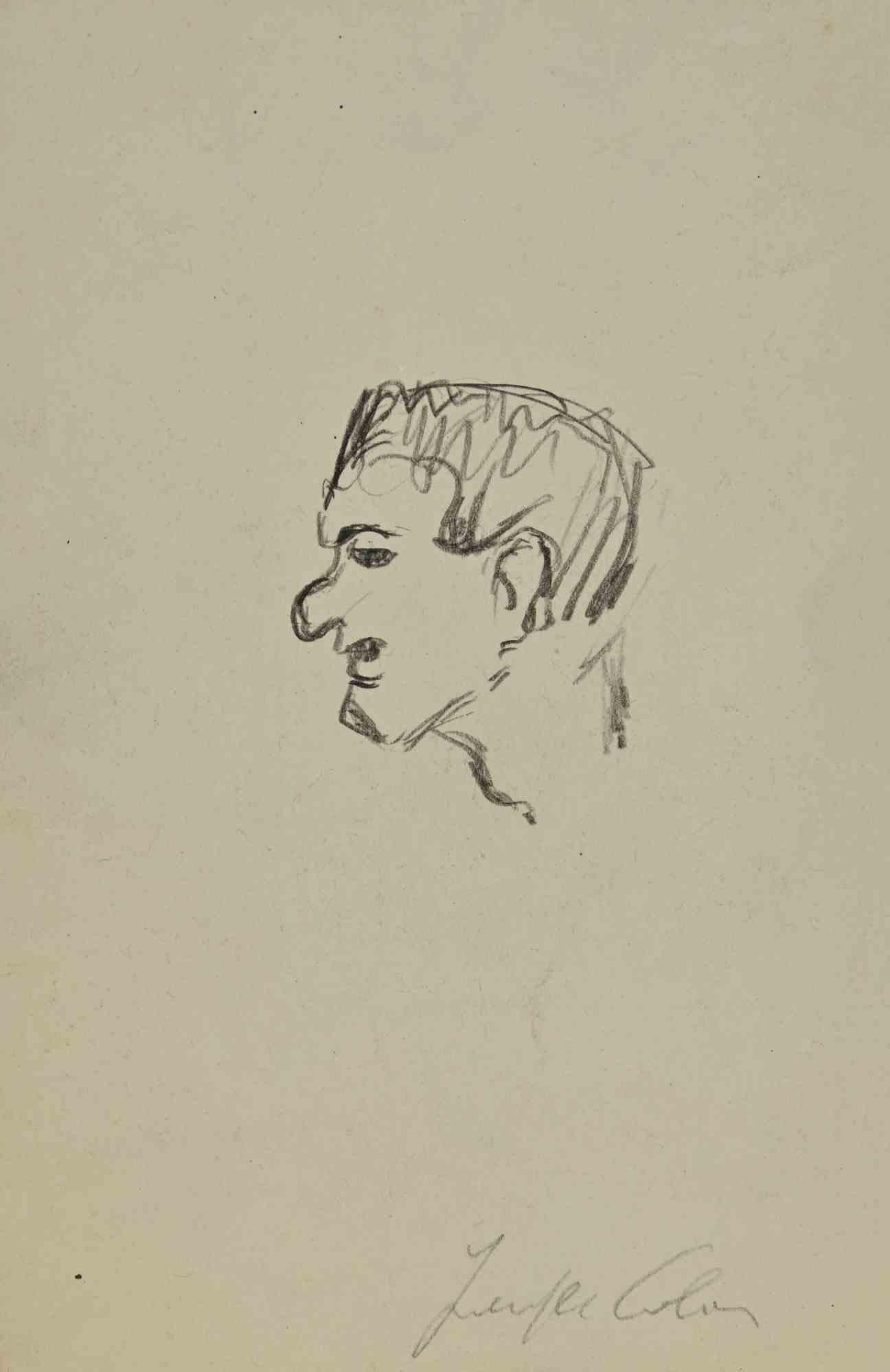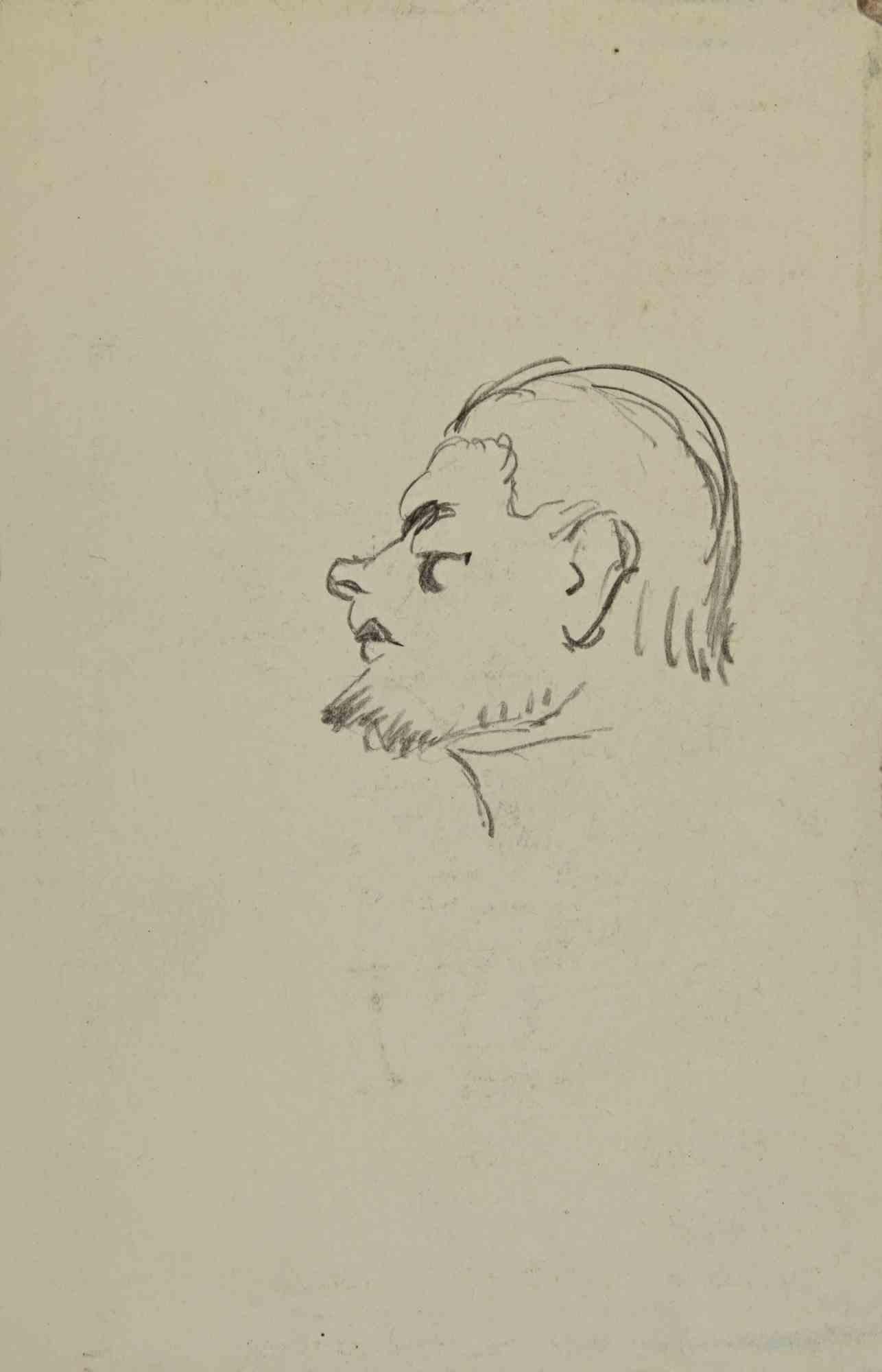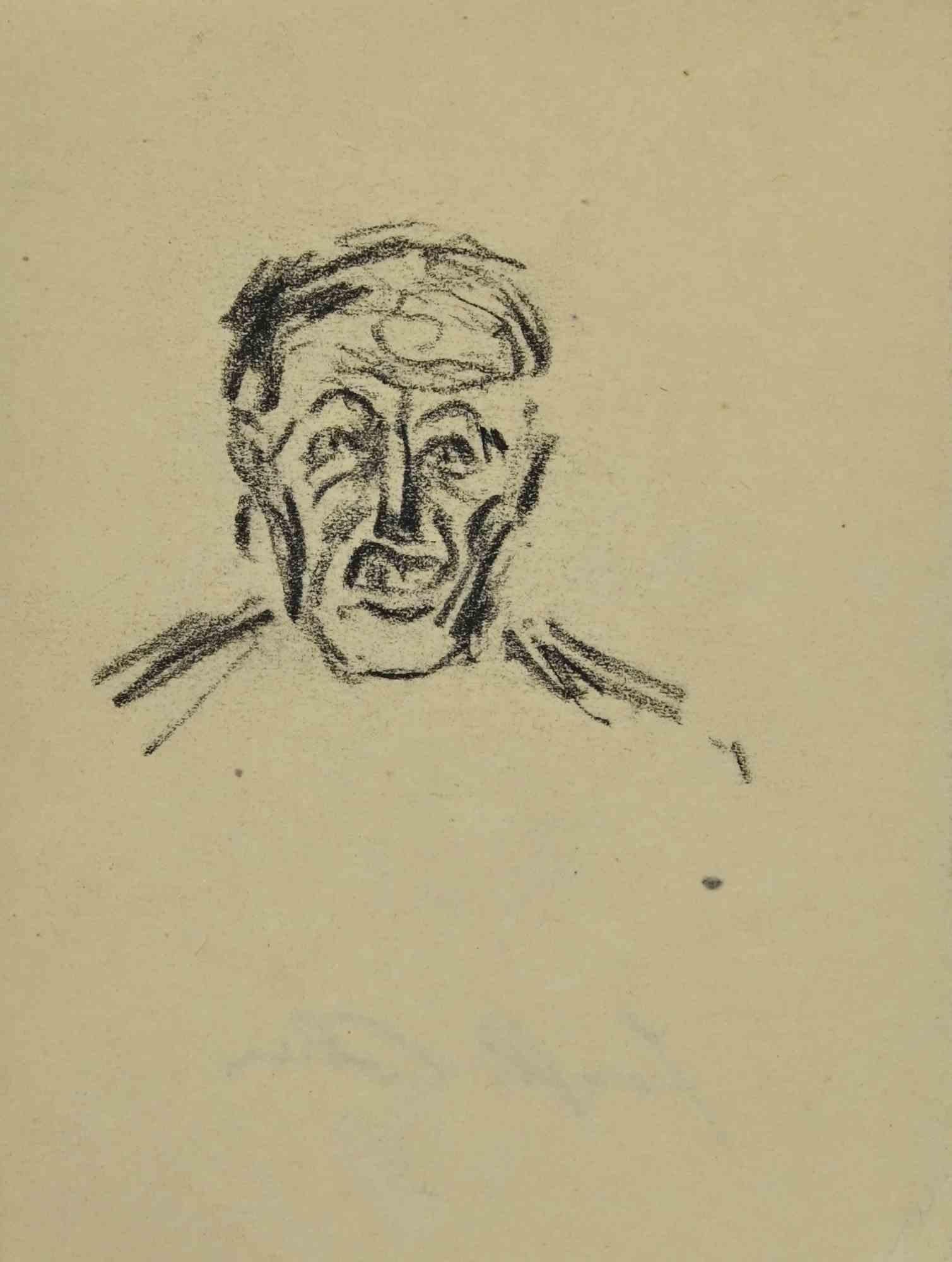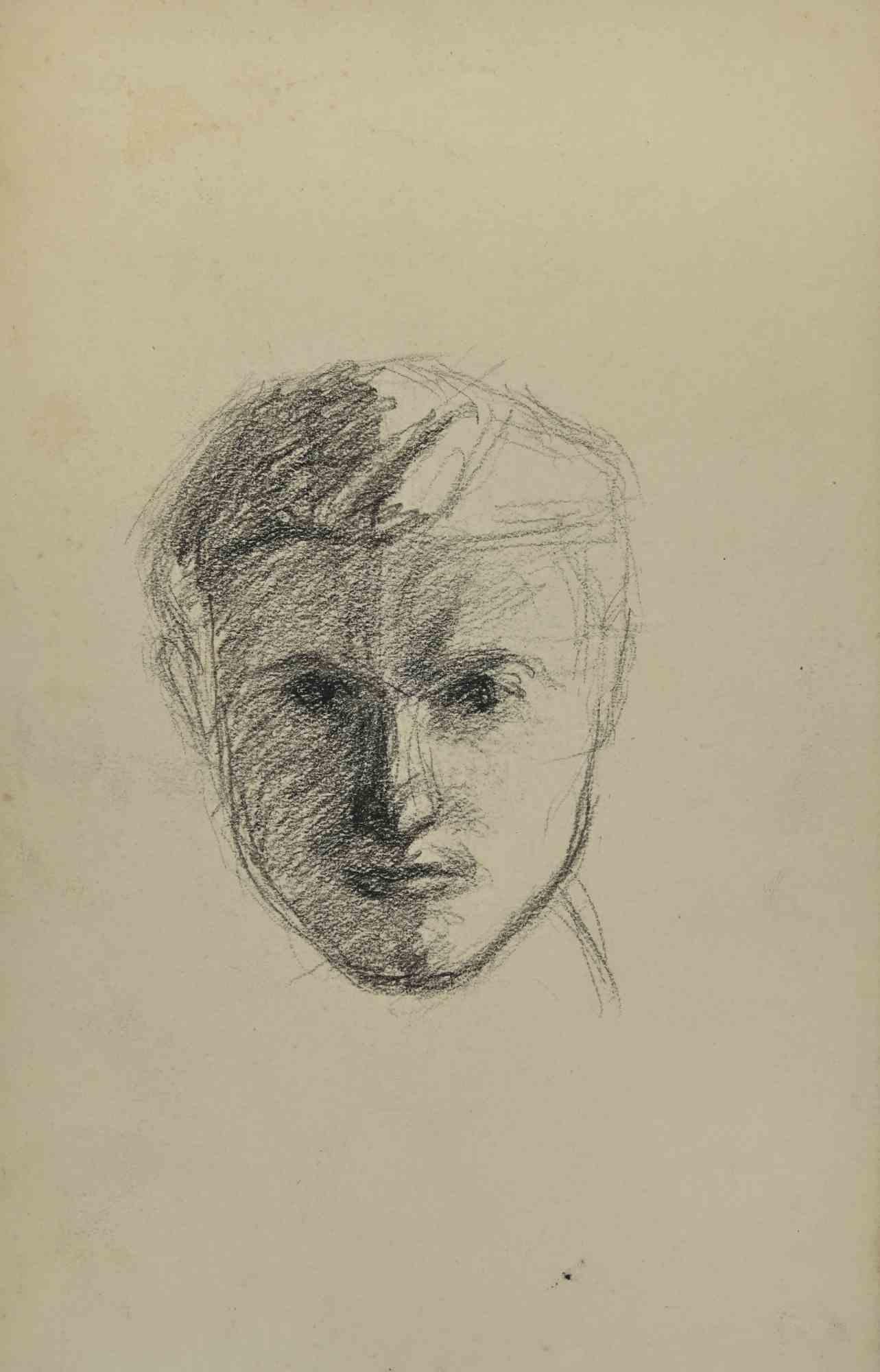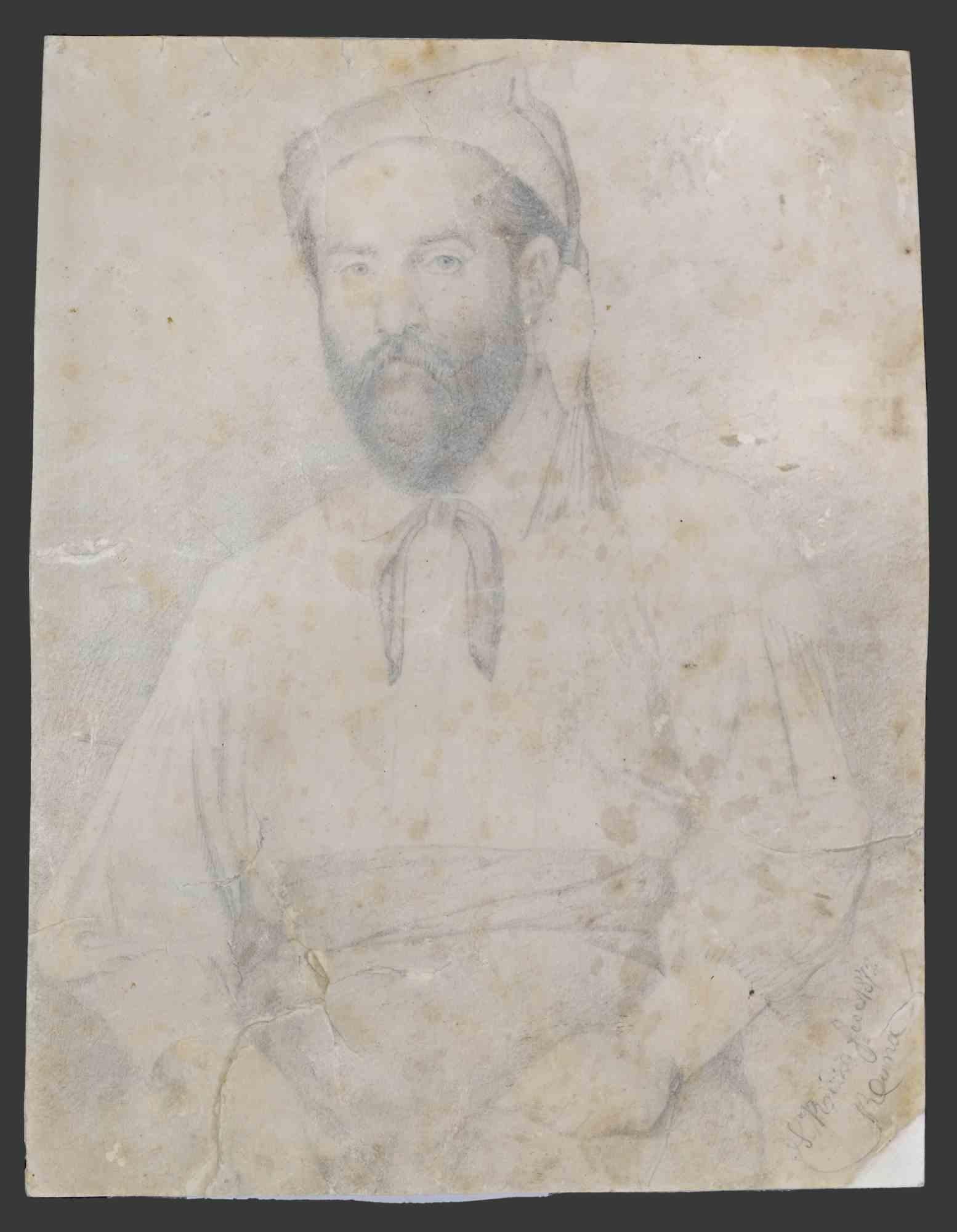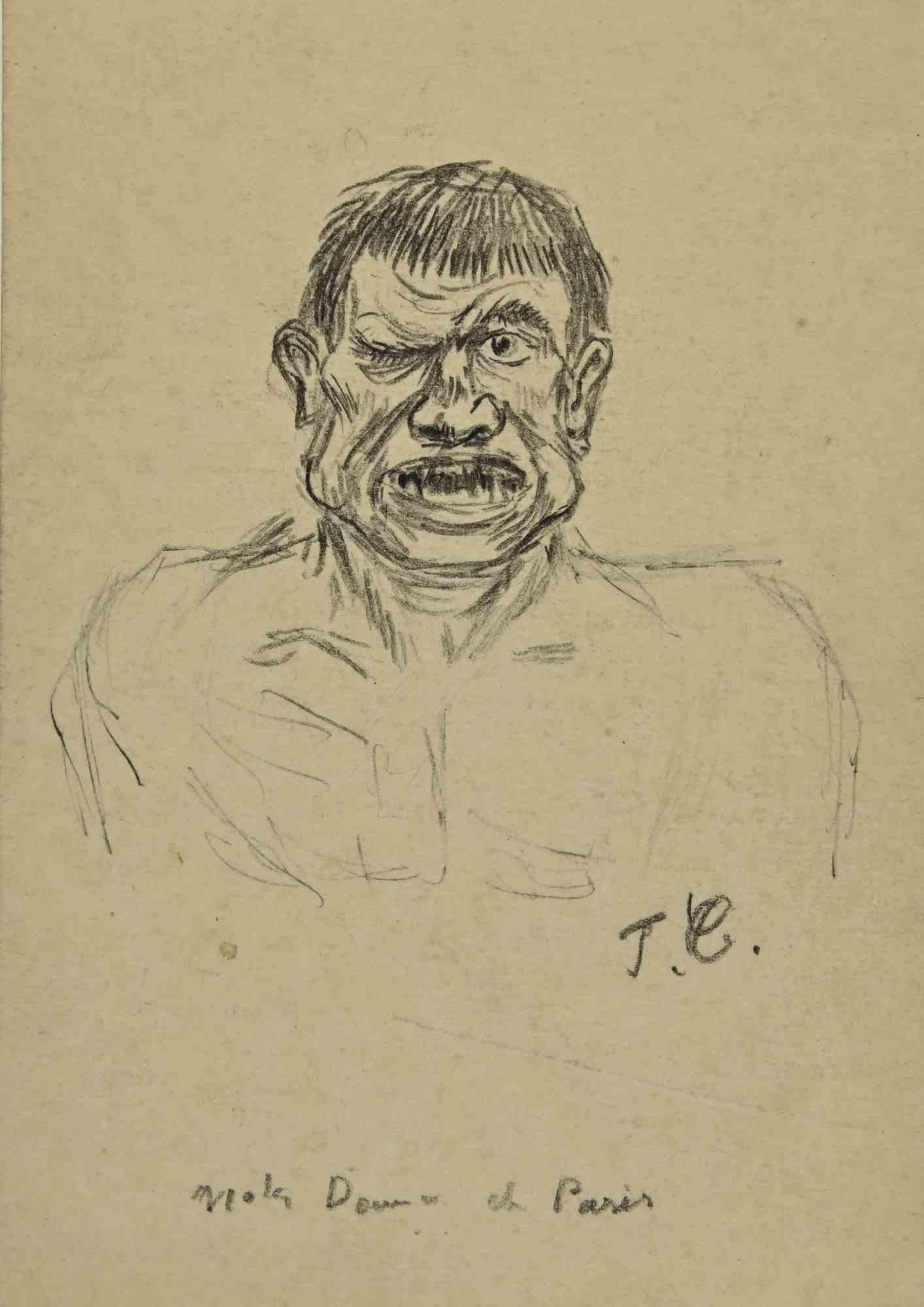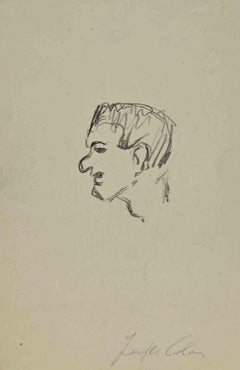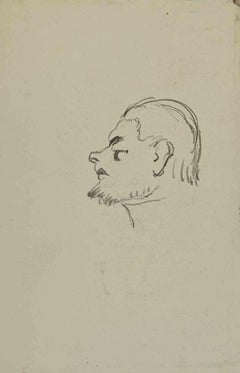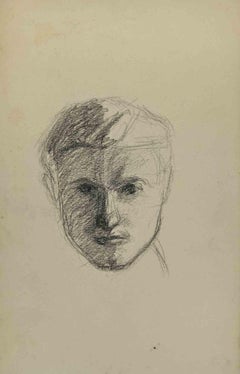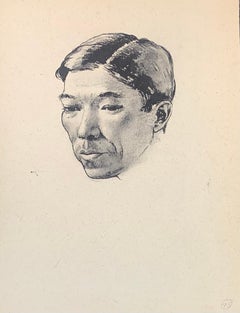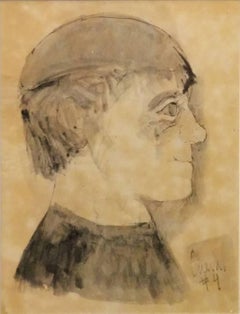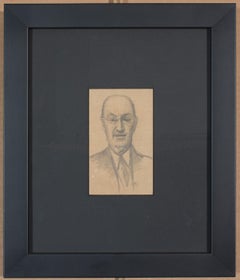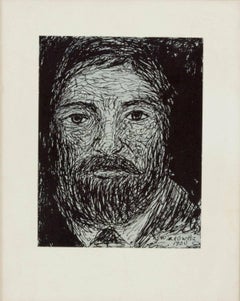Items Similar to Portrait - Drawing by Joseph Alexander Colin - Mid-20th Century
Want more images or videos?
Request additional images or videos from the seller
1 of 2
Joseph Alexander ColinPortrait - Drawing by Joseph Alexander Colin - Mid-20th CenturyMid-20th Century
Mid-20th Century
$478.36
£353.74
€400
CA$661.98
A$736.73
CHF 383.56
MX$8,896.77
NOK 4,810.17
SEK 4,543.51
DKK 3,046.67
About the Item
Portrait is a drawing realized by Joseph Colin in the Mid-20th Century.
Pencil on ivory-colored paper
Good conditions with slight foxing.
The artwork is realized through deft expressive strokes.
- Creator:Joseph Alexander Colin
- Creation Year:Mid-20th Century
- Dimensions:Height: 6.7 in (17 cm)Width: 4.73 in (12 cm)Depth: 0.04 in (1 mm)
- Medium:
- Movement & Style:
- Period:
- Framing:Framing Options Available
- Condition:Insurance may be requested by customers as additional service, contact us for more information.
- Gallery Location:Roma, IT
- Reference Number:Seller: T-1490581stDibs: LU650314517402
About the Seller
4.9
Platinum Seller
Premium sellers with a 4.7+ rating and 24-hour response times
1stDibs seller since 2017
7,669 sales on 1stDibs
Typical response time: 3 hours
- ShippingRetrieving quote...Shipping from: Grasse, France
- Return Policy
Authenticity Guarantee
In the unlikely event there’s an issue with an item’s authenticity, contact us within 1 year for a full refund. DetailsMoney-Back Guarantee
If your item is not as described, is damaged in transit, or does not arrive, contact us within 7 days for a full refund. Details24-Hour Cancellation
You have a 24-hour grace period in which to reconsider your purchase, with no questions asked.Vetted Professional Sellers
Our world-class sellers must adhere to strict standards for service and quality, maintaining the integrity of our listings.Price-Match Guarantee
If you find that a seller listed the same item for a lower price elsewhere, we’ll match it.Trusted Global Delivery
Our best-in-class carrier network provides specialized shipping options worldwide, including custom delivery.More From This Seller
View AllPortrait - Drawing by Joseph Alexander Colin - Mid-20th Century
Located in Roma, IT
Portrait is a drawing realized by Joseph Alexandre Colin in the Mid-20th Century.
Charcoal Pencil on ivory-colored paper
hand-signed.
Good conditions with slight foxing.
The artw...
Category
Mid-20th Century Modern Figurative Drawings and Watercolors
Materials
Pencil, Paper
Portrait - Drawing by Joseph Alexander Colin - Mid-20th Century
Located in Roma, IT
Portrait is a drawing realized by Joseph Colin in the Mid-20th Century.
Charcoal ivory-colored paper
Good conditions with slight foxing.
The artwork is realized through deft expre...
Category
Mid-20th Century Modern Figurative Drawings and Watercolors
Materials
Pencil, Paper
Portrait - Drawing by Joseph Alexander Colin - Mid-20th Century
Located in Roma, IT
Portrait is a drawing realized by Joseph Colin in the Mid-20th Century.
Pencil on ivory-colored paper
Good conditions with slight foxing.
The artwork is realized through deft expr...
Category
Mid-20th Century Modern Figurative Drawings and Watercolors
Materials
Pencil, Paper
Portrait - Drawing by Joseph Alexander Colin - Mid-20th Century
Located in Roma, IT
Portrait is a drawing realized by Joseph Colin in the Mid-20th Century.
Pencil on ivory-colored paper
Good conditions with slight foxing.
The artwork is realized through deft expr...
Category
Mid-20th Century Modern Figurative Drawings and Watercolors
Materials
Pencil, Paper
Portrait - Drawing - 19th Century
Located in Roma, IT
Portrait is a drawing realized by an anonymous artist in 1872.
Pencil drawing on paper.
Hand-signed by the artist, illegible.
Good conditions, aged with foxing.
The artwork is re...
Category
1870s Modern Figurative Drawings and Watercolors
Materials
Pencil
Portrait - Drawing by Joseph Alexander Colin - Mid-20th Century
Located in Roma, IT
Portrait is a drawing realized by Joseph Colin in the Mid-20th Century.
Charcoal ivory-colored paper
Good conditions with slight foxing.
The artwork is realized through deft expre...
Category
Mid-20th Century Modern Figurative Drawings and Watercolors
Materials
Pencil, Paper
You May Also Like
Portrait of a Man
By William Dring
Located in London, GB
William Dring
1904-1990
Ink on paper
Image size: 15 1/4 x 11 1/4 inches (38.9 x 28.5cm)
The artwork portrays a man in profile, meticulously rendered in ink on paper. Dring pays close attention to the contours of the skin and hair. The intricate facial details prompt viewers to contemplate themes of identity and expression, while the minimalistic background underscores the figure’s separation from its surroundings.
William Dring
Dring was born with the forenames Dennis William, but was known colloquially as John. He was the brother of the artist James Dring. He married the painter Grace Elizabeth...
Category
20th Century Portrait Drawings and Watercolors
Materials
Paper, Ink
PORTRAIT (UNKNOWN TITLE)
By José Luis Cuevas
Located in Aventura, FL
Original drawing on paper. Hand signed & inscribed "#4" by the artist. Artwork is in excellent condition. Certificate of Authenticity included. Frame size: 18 x 21 inches. All rea...
Category
Late 20th Century Contemporary Portrait Drawings and Watercolors
Materials
Paper, Mixed Media
$2,590 Sale Price
30% Off
Portrait of a Man by Philadelphia artist Julius Bloch
By Julius Bloch
Located in Philadelphia, PA
Julius Thiengen Bloch
(American, born Germany, 1888–1966)
Portrait of a Man, c. 1943
Pencil on paper, 5 1/2 x 3 1/2 inches
FRAMED: 13 x 11 inches (approx.)
This sketch comes direct...
Category
1940s Realist Portrait Drawings and Watercolors
Materials
Paper, Pencil
Modernist Drawing, Portrait of a Man
By Abraham Walkowitz
Located in Surfside, FL
Abraham Walkowitz (March 28, 1878 - January 27, 1965) was an American painter grouped in with early American Modernists working in the Modernist style.
Walkowitz was born in Tyumen, Siberia to Jewish parents. He emigrated with his mother to the United States in his early childhood. He studied at the National Academy of Design in New York City and the Académie Julian in Paris under Jean-Paul Laurens. Walkowitz and his contemporaries later gravitated around photographer Alfred Stieglitz's 291 Gallery, originally titled the Little Galleries...
Category
Early 20th Century Modern Figurative Drawings and Watercolors
Materials
Paper, Ink
PORTRAIT OF HAROLD STERNER
Located in Portland, ME
Sterner, Albert (American. 1863-1946). PORTRAIT OF HAROLD STERNER. Charcoal and pastel on paper, not dated, but 1912, as the subject is stated to be aged 17. Signed, lower right. 16 1/2 x 11 1/4 inches, framed to 26 1/8 x 20 1/8 inches. In very good condition.
Albert Sterner was born in England, and studied in Paris. He worked as a magazine illustrator, but is best known for his paintings and prints.
Harold Sterner (American, 1895-1976). Architect, painter; New York, N.Y. Born 1895, died 1976...
Category
1910s Portrait Drawings and Watercolors
Materials
Charcoal, Pastel
UNTITLED PORTRAIT
By John Heliker
Located in Portland, ME
Heliker, John. (American, 1909-2000). UNTITLED PORTRAIT. Ink on paper, not dated, likely 1930s. The image is of a man, likely a factory worker, seated, wearing a cap, leaning his face on one hand, with factory structures in the background. Signed, lower right. c. 8 x 8 inches 0n a larger sheet. In excellent condition.
Heliker was born in Yonkers and spent his adult life dividing his time between Manhattan, where he taught art for decades, and Great Cranberry Island...
Category
Mid-20th Century American Modern Portrait Drawings and Watercolors
Materials
Ink
